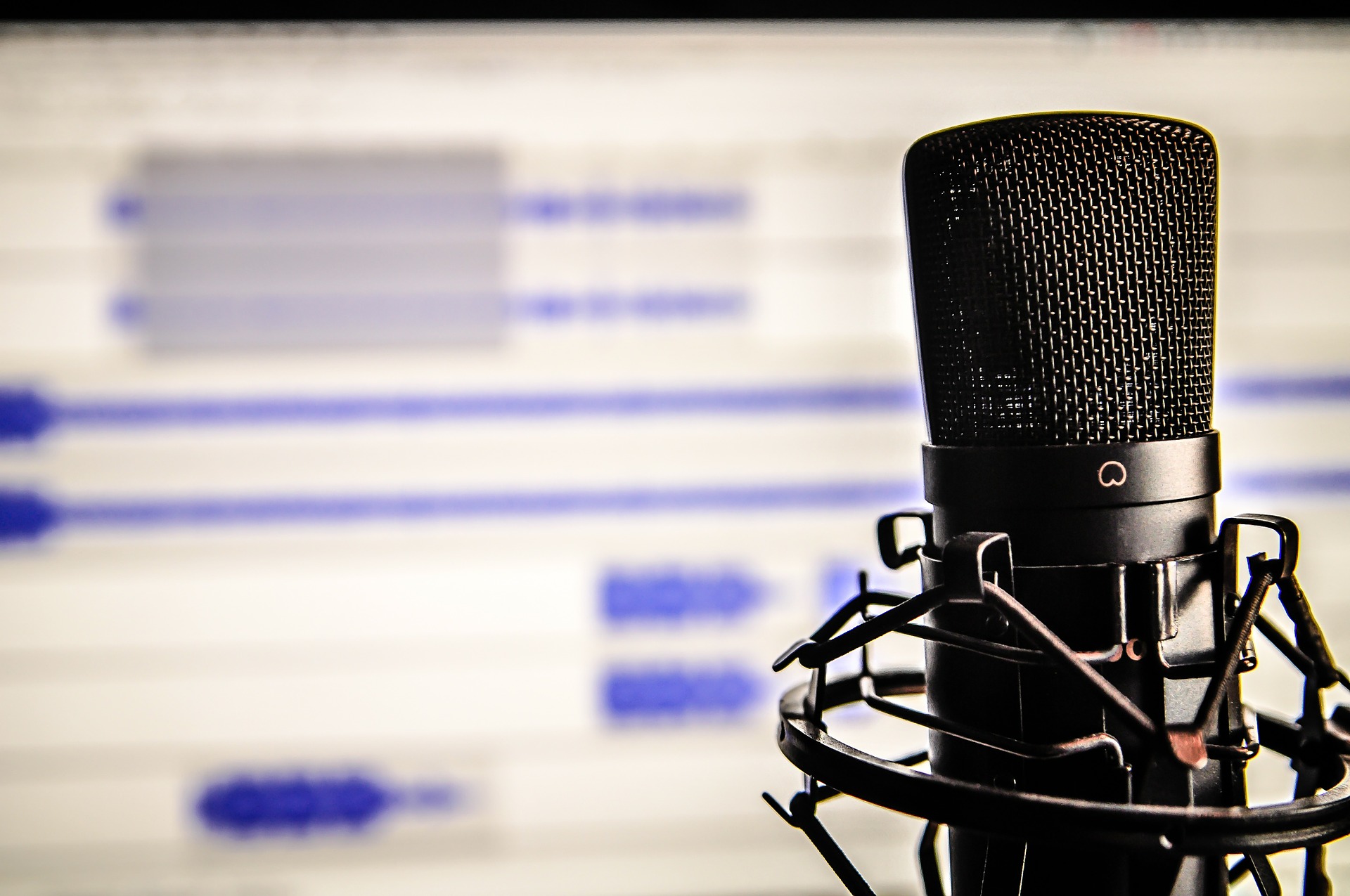If there’s one thing that keeps marketers up late at night, it’s falling behind on the latest marketing trends. Whether it be determining which social network is on the rise or what types of downloadable assets are growing in popularity, it’s imperative to remain ahead of the pack to ensure you get maximum value out of a new medium before other marketers come along and ruin it for everyone.
Recently, marketers have been turning to the re-emerging medium of podcasting to showcase their expertise. Pew Research Center reported that the percentage of Americans that have listened to a podcast in the last month has almost doubled from 9 to 21 percent since 2008. This increased audience creates a massive opportunity for you to position your brand as forward-thinking and ahead of emerging trends.
Factors that lead to the increase in listenership
According to Vox Media, the increase in listenership can be attributed to three factors:
- Improvements in technology making it easier to listen.
- Increase in talented professionals adopting the medium.
- A demonstrated ability to generate revenue.
Vox went on to provide the first season of the Serial podcast as one of the best examples of this trifecta perfected.
Sarah Koenig is an NPR veteran with years of radio experience, and she’s also the host of Serial. In 2014, she chose to adopt the podcasting medium to deliver her investigation into the 1999 murder case of Hae Min Lee. Koenig was able to secure paid sponsorship from the email marketing service MailChimp (and was even able to get them slightly viral attention with a mispronunciation of their company name).
During peak Serial fever, it was near impossible to not run into at least one person throughout the day that was a listener. According to another study from Pew, in 2014 when Serial first launched, approximately 85 percent of U.S. adults between the ages of 18-29 owned a smartphone, making it even easier to listen to the series on the go.
Podcasting as a passive form of content
One of the major benefits of podcasting is that it provides a passive means for the listener to digest content. All types of content marketing can be categorized into either passive or active content. Think about your own content consumption habits and it’ll be easy to see the benefits of either form.
Active content urges users to engage with the information that is being presented. Blogs, whitepapers and eBooks all ask the user for their full, dedicated attention. These forms of content are fantastic at driving conversions and establishing your brand as a thought leader in your space. Unfortunately, in today’s on-the-go society, your target audience might not always have the time to give you their undivided attention, which is why it’s important to balance out a holistic content marketing strategy with passive content.
Passive content (including video, audio and graphics) provides a more leisurely experience for the user. In the case of podcasting, the user is able to take in the subject matter while performing other tasks (catching up on emails, commuting to work or even writing optimized blog content).
Hurdles you need to clear to start podcasting
We’ve been saying for years that marketers should experiment with new mediums, especially podcasting. Luckily for marketers, trekking to a recording studio to produce your podcast is not 100 percent necessary anymore. With little more than a dynamic microphone and a computer with recording and editing software, you can produce a high-quality podcast from the comfort of your own home or office. The easy part is getting the equipment; the difficult part is having the creative know-how to ensure you’re not wasting both your and your listeners’ time.
Obviously, each business has its own target audience with specific interests that should be addressed. In our 2016 in search predictions post, we outlined a few industries and podcast topics that might work well in each. Regardless of what topics you choose to cover, it’s imperative that the content you produce is unbiased and unbranded, and has an educational focus. Remember: No one is going to download or share your podcast if it’s just a convoluted sales pitch.
Want more tips on using content to position your brand as a thought leader?




